Types Of Vibration And Basic Definition
Table of Contents
Basic Definition
Types Of Vibration And Basic Definition
Mass: It is the characteristic that characterizes the dynamic resistance of an unrestrained body to the application of an external force. The body’s weight is divided by the acceleration of gravity to determine mass. The mass is expressed in kilograms (kgs).
Stiffness: Its definition is the amount of force necessary to cause a unit of deformation. The amount of resisting force that arises when a body changes length is described by this elastic characteristic. The stiffness unit is N/m.
Natural period (T): It is defined as the time required to complete one cycle of free vibration. It is expressed in seconds.
Natural frequency: The quantity of cycles in a given amount of time is known as frequency. The body vibrates when the system experiences an initial displacement and then no external force acts on it. The frequency of these vibrations is known as natural frequency, and they are referred to as free vibrations. It is stated in either hertz or rad/s.
Amplitude: The maximum displacement or deformation of a vibrating system from its mean position is called amplitude.
Free vibration: Free vibration is the kind of vibration that remains in a structure after the force producing the motion has been eliminated. Nothing outside of them affects them. It occurs when forces that are part of the system itself cause it to oscillate.
Example: Oscillation of a simple pendulum.
Forced vibration: The vibration that is maintained in a structure by a steady periodic force acting on the structure is known as forced vibration. When the excitation is oscillatory, the system is forced to vibrate at the excitation frequency. Forced vibration may be either deterministic or random. The behavior of a system under forced vibration depends on the type of excitation.
The fundamental mode of vibration: The fundamental mode of vibration of a structure is the mode having the lowest natural frequency.
Damping: The resistance to a vibrating body’s motion is called damping. Damped vibrations are the vibrations connected to this resistance. This phenomenon is defined as a steady decline in the system’s vibrational amplitude or vibrational energy. N/m/s is the damping unit.
Resonance: The vibration amplitude becomes unnecessarily big when the frequency of the external force matches or equals one of the inherent frequencies of the vibrating system. We refer to this phenomenon as resonance. Under resonance, the collapse of large structures, including bridges and skyscrapers, is a terrifying possibility.
Types Of Vibration And Basic Definition
TYPES OF VIBRATION
The following are the different Types Of Vibration And Basic Definitions in a structural dynamic problem.
(i) Free and Forced vibration: Free vibration is the kind of vibration that remains in a structure after the force producing the motion has been eliminated. Forced vibration is the vibration that a structure experiences and is kept in place by a constant, periodic force applied to it.
(ii) Linear and Non-linear vibration: Linear vibrations are produced when the fundamental parts of a vibrating system the spring, the mass, and the damper behave linearly. Linear differential equations control them. They ought to abide by superposition law. However, a vibration is referred to as a non-linear vibration if any of the fundamental parts of the vibratory system behave inconsistently. The governing differential equation in this instance is likewise non-linear. It doesn’t abide by the superposition law.
(iii) Damped and Undamped vibrations: When a damper or dampening element is connected to a vibratory system, it opposes the system’s motion and causes friction to release the system’s energy. We refer to this kind of vibration as damped vibration. Undamped vibration, on the other hand, is the vibration produced by a system without a damping device.
(iv) Deterministic and Random vibrations: Call the vibrations that arise from a vibratory system that are accurately known to be the amount of excitation (force or motion) deterministic. On the other hand, the vibrations that result when the level of stimulation is unknown are referred to as random or non-deterministic vibrations! Buildings and other structures are subjected to earthquake excitation study using random vibration analysis.
(v) Longitudinal, Transverse, and Torsional vibration: Transverse vibrations are produced when the movement of the body or shaft’s particles is perpendicular to the shaft’s axis. Longitudinal vibrations are produced when the mass of the vibratory system oscillates in a direction perpendicular to the shaft’s axis. Torsional vibrations are the result of the shaft twisting and untwisted repeatedly due to the hanging disc’s vibratory motion.

In ideal systems, the free vibrations continue indefinitely as there is no damping. The amplitude of vibration decays continuously because of damping (in a real system) and vanishes ultimately. Such vibration in a real system is called transient vibration.
Also Read:- Dynamic Loading

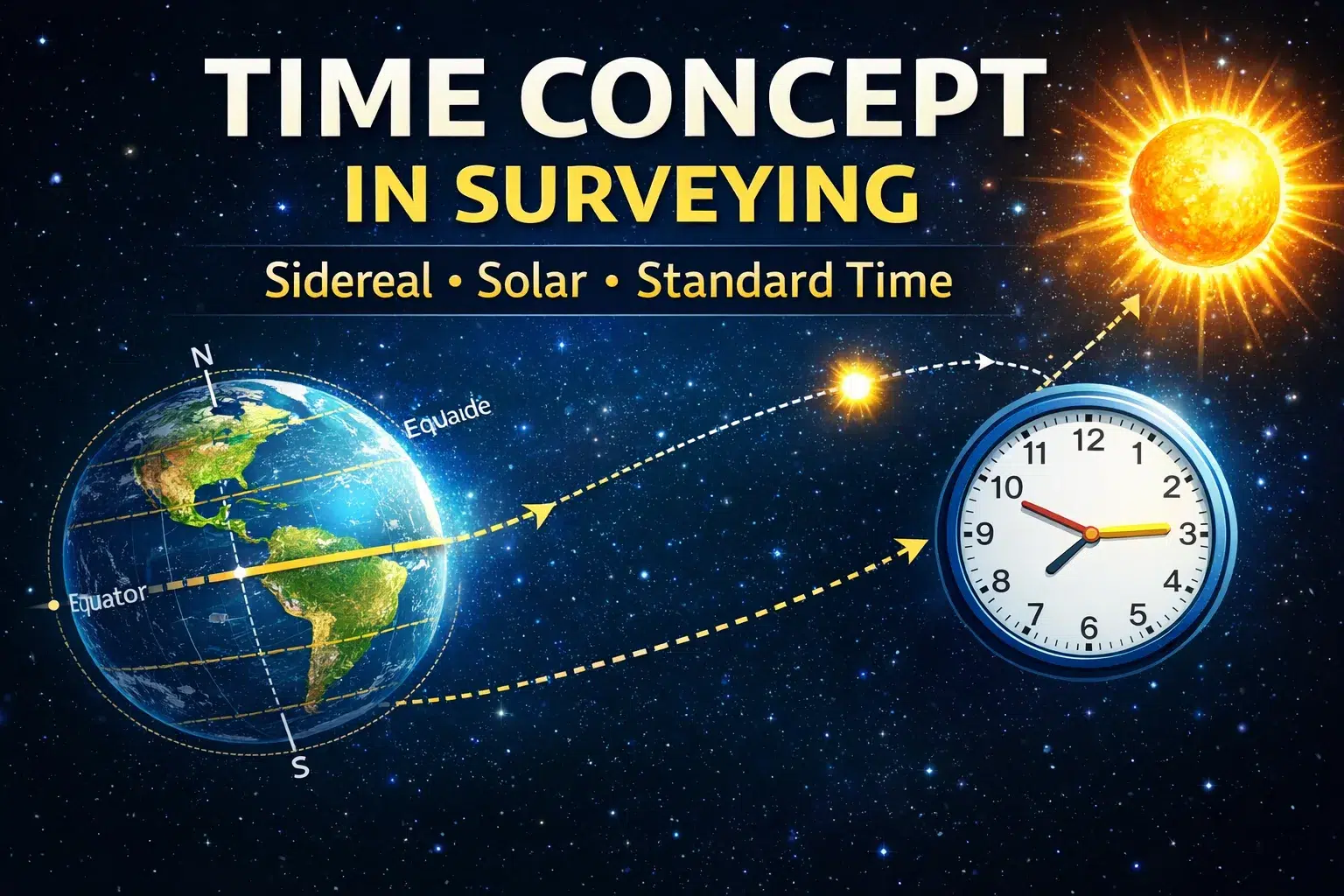
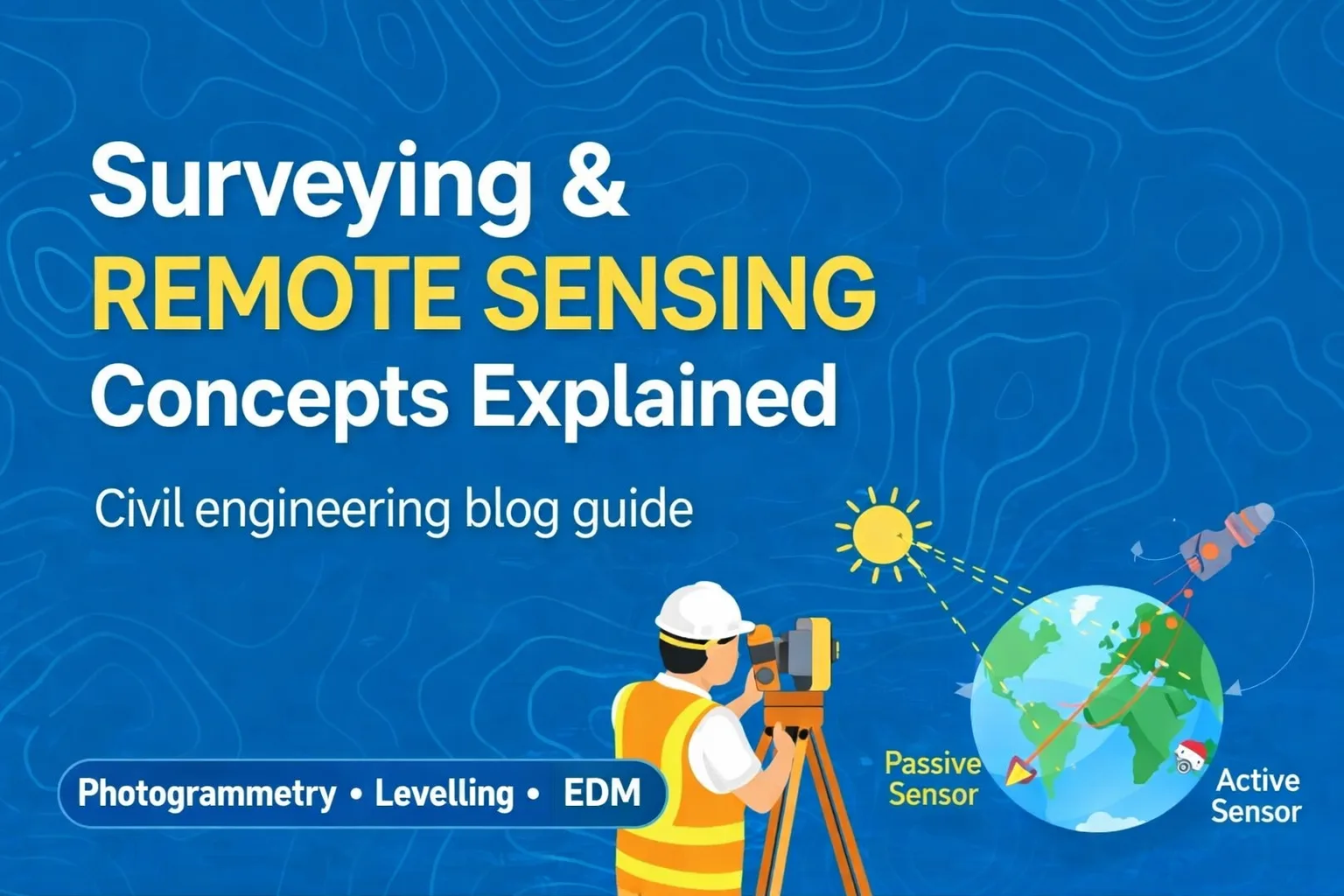


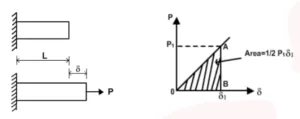
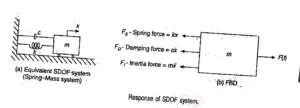
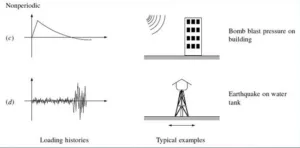

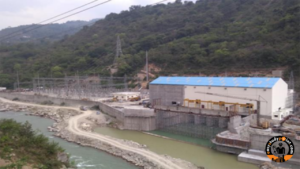
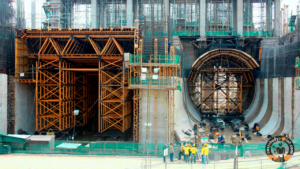
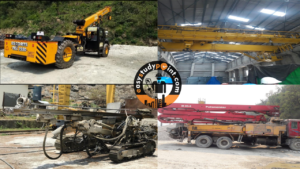
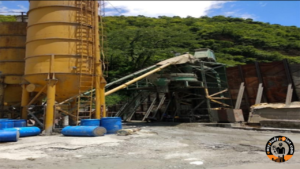

Post Comment